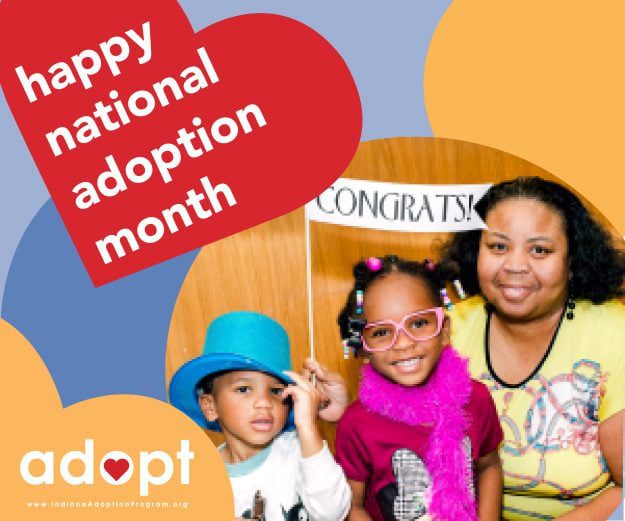After seeing his 10-year-old son off to the bus stop, Jerome Mathis prepares for another job interview.
“I’m not sure how things are gonna’ turn out, but I have to at least get out there and try,” Mathis said as he gently removed the plastic covering from his one and only suit, a dark grey jacket and slacks combo he normally reserves for special occasions.
Several months ago, Mathis was laid off from his position with a local construction contractor, whose business was fueled by the once booming housing market.
As shown by the closing of Indianapolis homebuilders such as Davis Homes and C.P. Morgan, the housing market began to suffer even before other sectors of the economy started slowing down, and Mathis was among many workers who got squeezed out.
Unemployment insurance is helping to keep food on the table, and a church has assisted with utility bills, but every month is a gamble as to whether or not Mathis can make mortgage payments on his Westside home.
“I’ve sent in job applications, but don’t usually hear from anyone. I guess with so many people looking for work, these companies are able to be selective, so I have to compete with everyone else,” Mathis said. “But I can’t give up. My son is depending on me.”
Mathis is one of over 12.5 million unemployed Americans, 2.6 million of whom lost jobs after December, when the recession officially began. According to the U.S. Department of Labor’s Bureau of Labor Statistics, the national unemployment rate is 8.1 percent.
The unemployment rate in Indiana has been listed as 9.2. percent, based on the most recent information available from the Indiana Department of Workforce Development (DWD). This rate represents a serious threat to the nearly 450,000 people in the workforce in Marion County.
“Declines in the manufacturing sector continue to impact midwestern states,” said Teresa Voors, commissioner of DWD. “We have experienced a greater than usual decline in the transportation, wholesale and retail sectors in Indiana.”
Mathis, who is Black, is also dealing with another factor that has made it difficult for him to regain his financial traction: The disproportionate rate of unemployment among African-Americans, especially Black men.
Sincc the federal government began categorizing employment figures by race 30 years ago, the unemployment rate for African-Americans has always been double that of whites, and often higher than other minority groups.
In December, when the economic downturn was classified as a recession, the unemployment rate was at 2.9 percent for whites, but 9 percent for African-Americans. Today it is 7.3 percent for whites, and 13.4 percent for Blacks.
The disparity was highlighted this week with the release of the National Urban League’s annual State of Black America report. It found that despite America’s progress in electing its first Black president, African-Americans are still twice as likely to be unemployed, three times as likely to live in poverty and more than six times as likely to be incarcerated.
“The issue is not only Blacks doing better, but in closing these persistent gaps in statistics in this country,” said Marc Morial, president of the National Urban League. “In hard economic times, as the old saying goes, when White America gets a cold, Black America gets pneumonia.”
Over the years analysts have cited several reasons for higher unemployment among Blacks, including less opportunities to obtain professional positions outside of the service industry with long term-security and seniority, as well as the generations-old “last hired and first fired” syndrome, in which African-Americans are among the last considered for available positions at some companies, but the first to be laid off during difficult times.
As possible solutions, The State of Black America report calls on federal and state government officials to increase funding for job training programs, restoring loans for small business that can create jobs and steer more workforce investment dollars to construction industry jobs.
That all sounds great to Mathis, who is hopeful.
“Man, as a community we have to do more than just talk about this,” Mathis said as he stepped into his rusted 1995 Mercury before heading to the interview. “We must (combine) our resources together to help folks who want to work but need to learn new skills. We can pay for it now, or pay for it later with crime and broken families.”
Coming next week: How to secure your family if you lose your job. Do not miss it!



